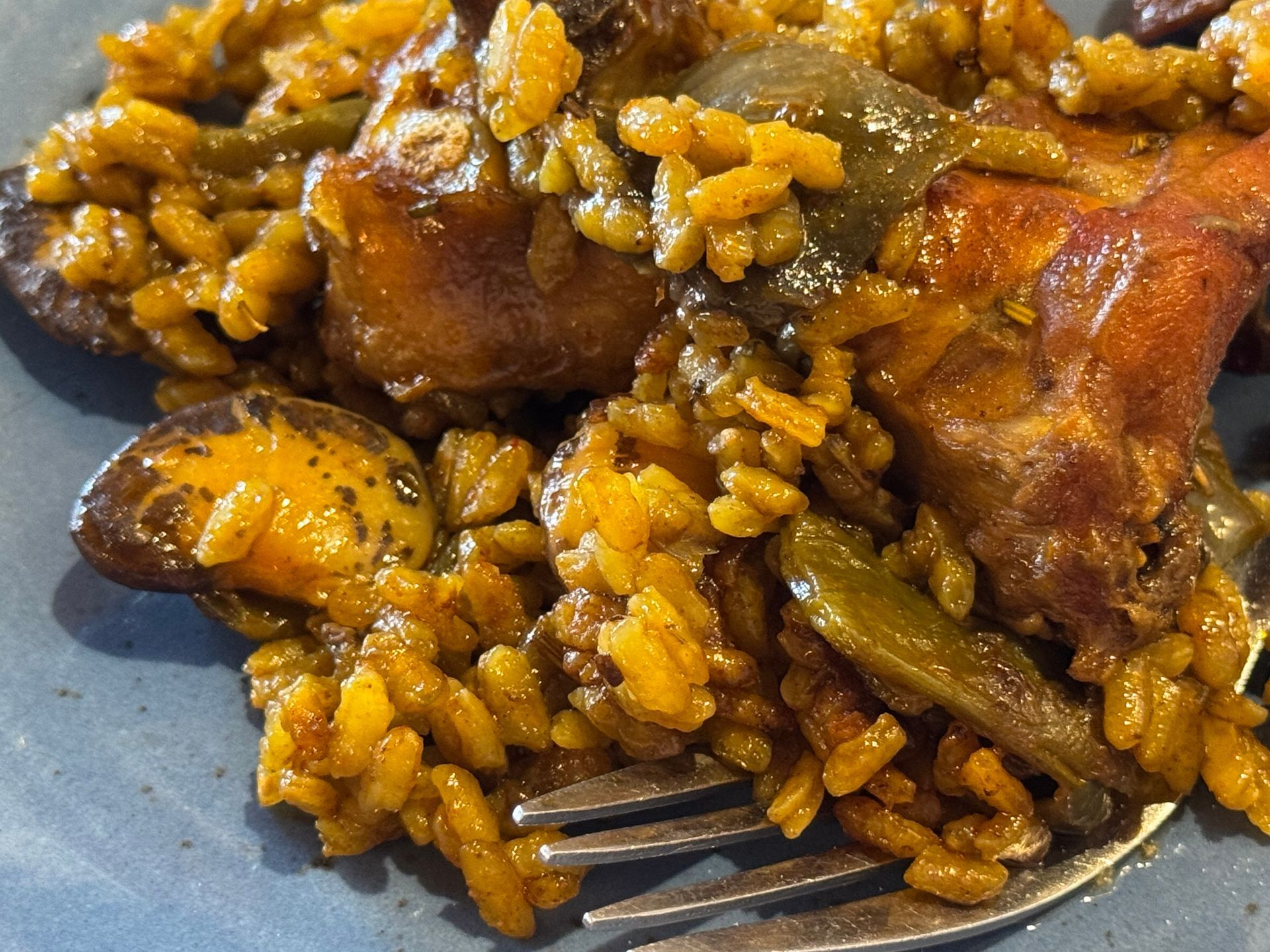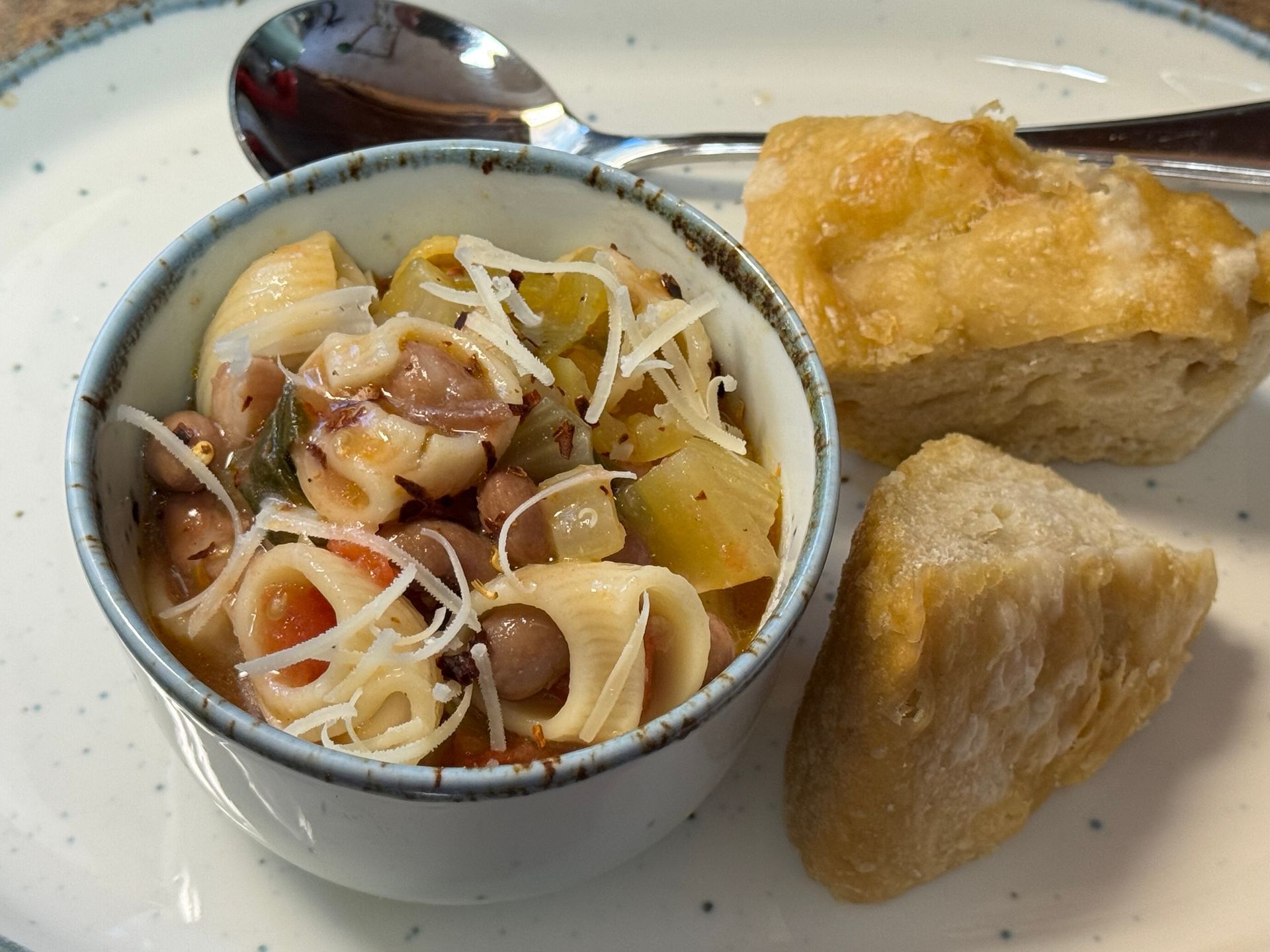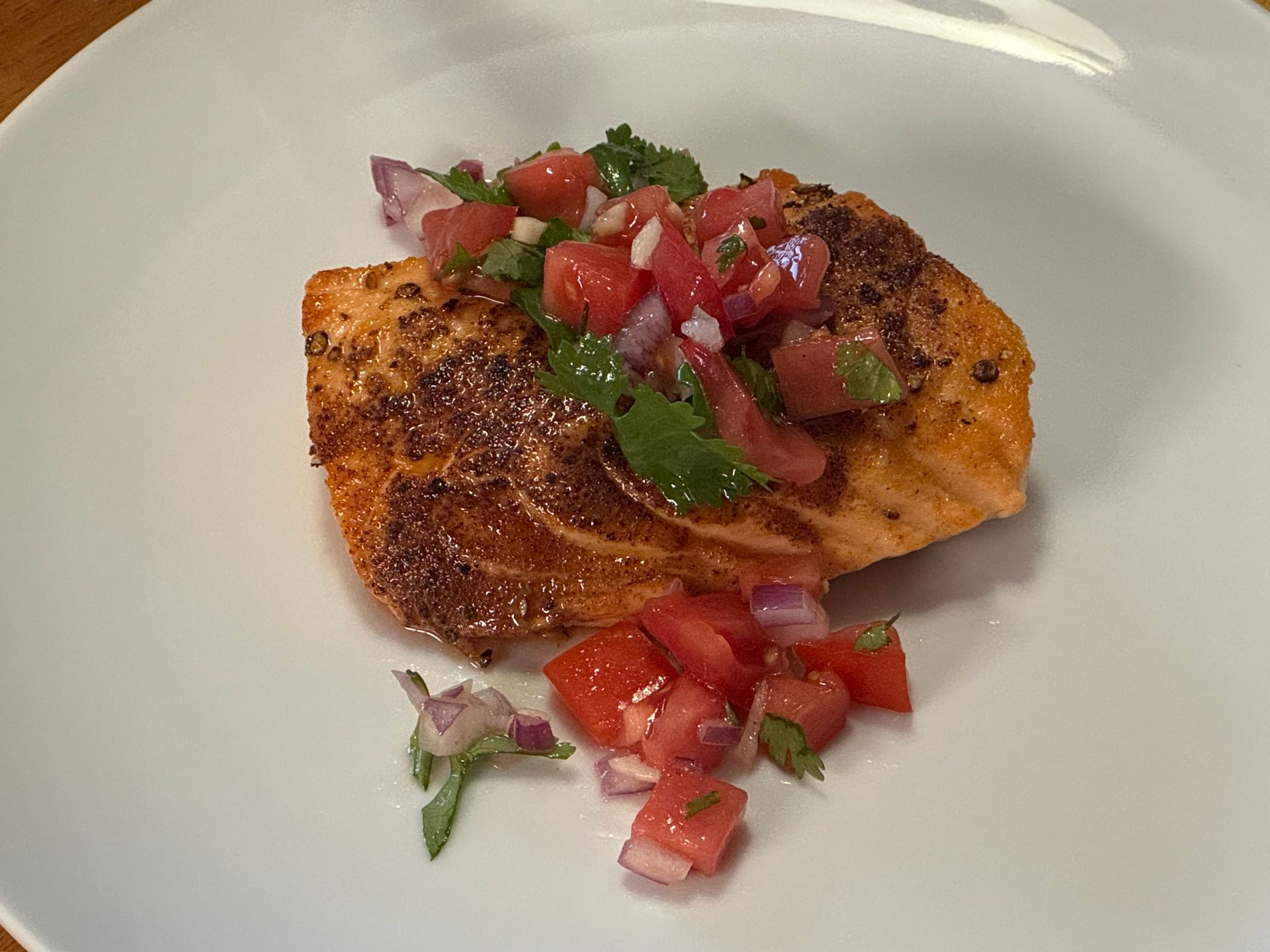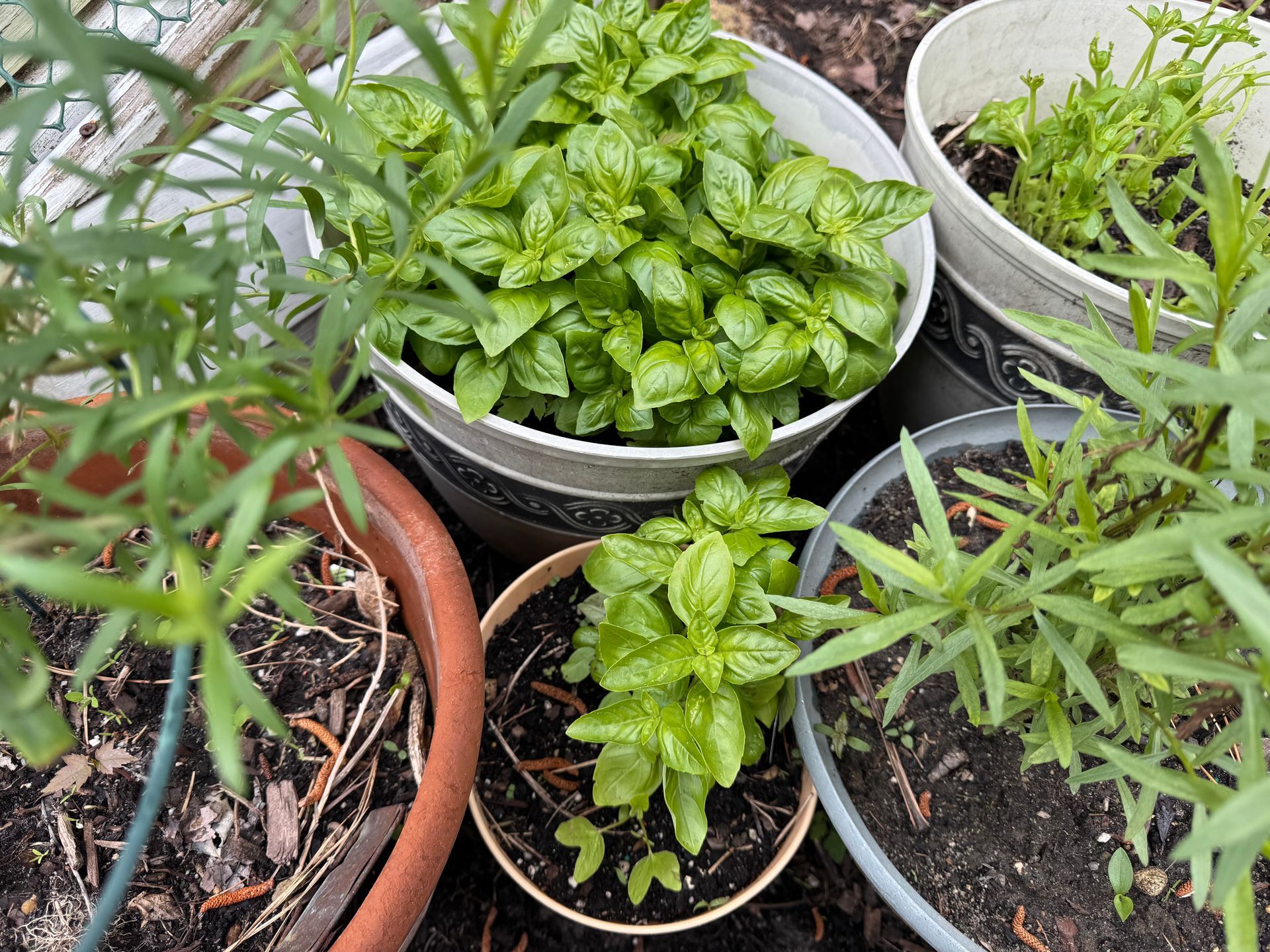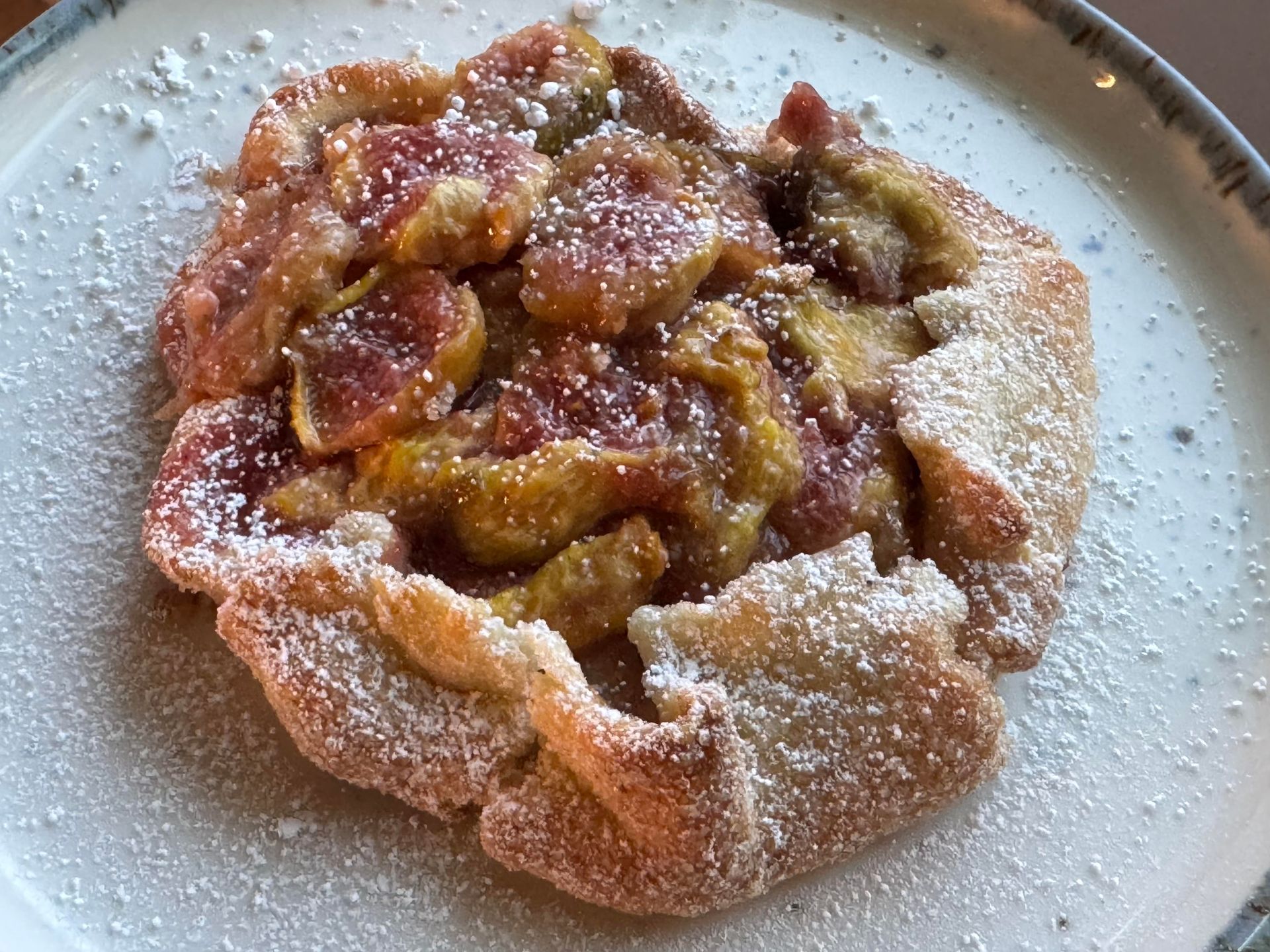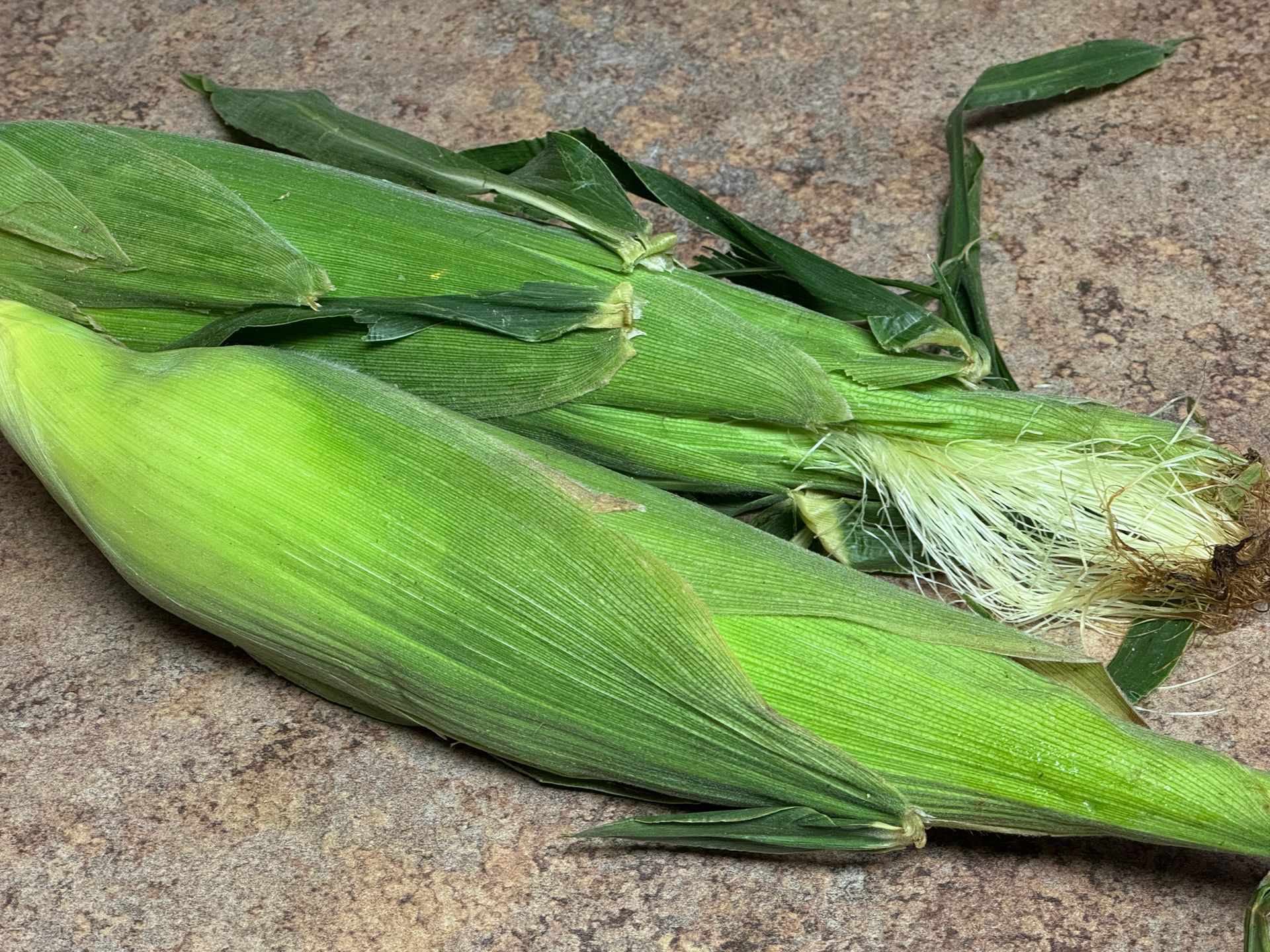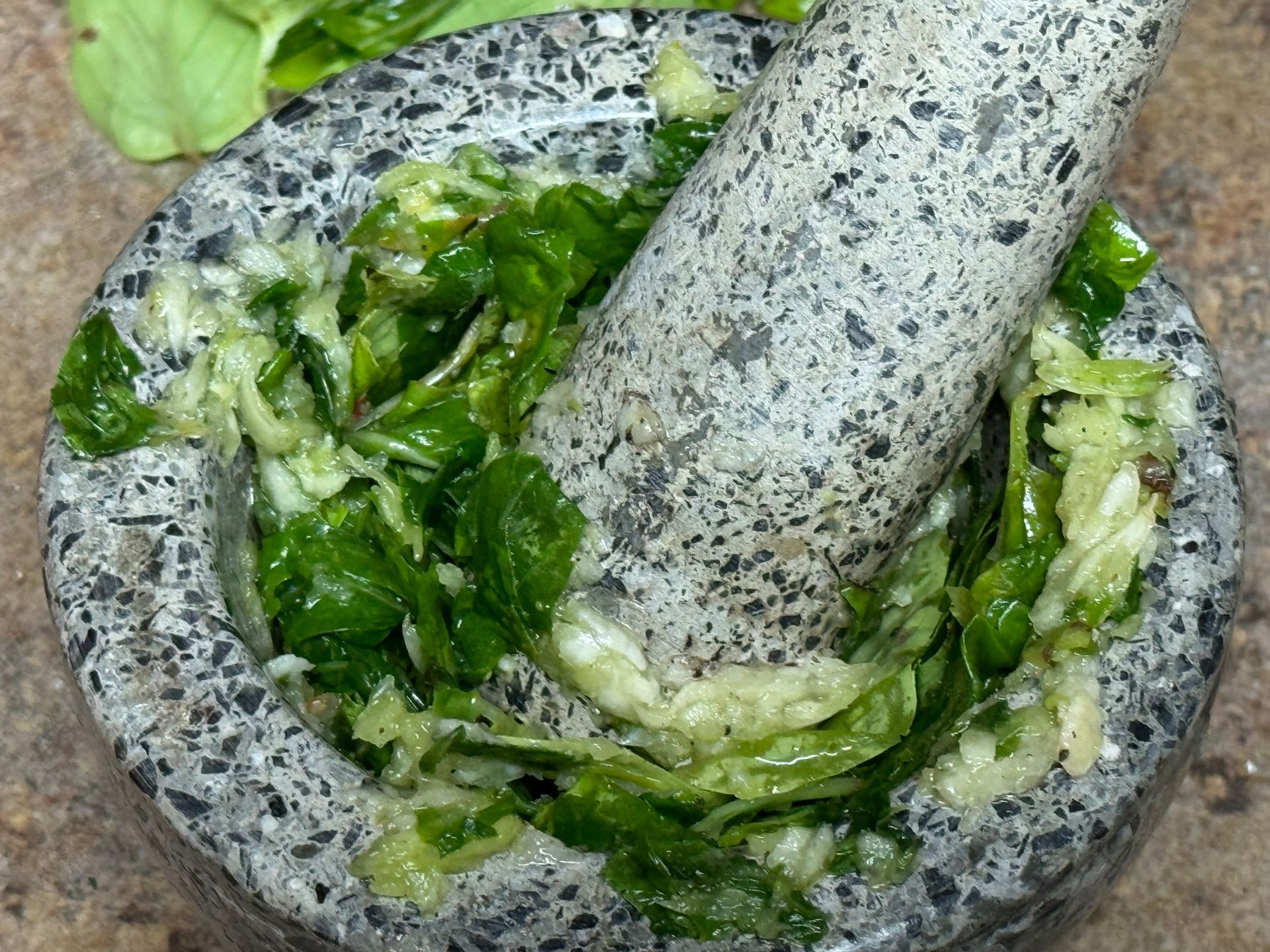Are cooks and chefs unable or unwilling to prepare delicious, nutritious food anymore?
Years ago, I taught an advanced cooking class for Bachelor students at the
Culinary Institute of America. The ten day class class is challenging, designed to improve culinary and baking skills by exploring ingredients, methods and principals. Each weekly challenges required robust research to improve understanding and application of culinary and baking. Students had graduated from the AOS culinary program so proper technique was expected… it was the price of admission!
One segment (my favorite) was titled ‘Childhood Memories’. Each student prepared a small portion of something special from their childhood for the class to taste. The students introduced what they prepared and explained what inspired them to share it with the class.
Many students hadn’t been home in years, so the presentations were often emotional. Naturally, every tasting was outstanding! Each student had passion and respect of their dish. I believe that same passion, respect and emotional attachment and understanding of food are often missing in kitchens today. To many, it’s just a job or a venue to experiment or play with food!
I’m saddened that cooks are not following proper cooking techniques, nor respecting or understanding global ingredients. I believe in proper culinary technique and that “respect runs the kitchen.” Respect for the ingredients, respect for gastronomy, respect for the customer.
I’m not talking about line cooks who lack sufficient training or those working under poor management. I’m speaking of a lack of interest some chefs have in cooking properly, following established disciplines, techniques, and respecting the traditions of our food. It’s really about the lack of passion for food. These chefs seem to thrive on creating food (bad food) which simply doesn’t make sense. I imagine there’s probably a little laziness and a lot of arrogance!
I’m a fan of innovation and experimentation, much of my consulting work is based upon finding new ingredients, equipment, cooking methods globally for my clients. I believe cooks need to build a culinary foundation, learn from great chefs and build a solid foundation. Maybe when the cooks have built years of experience, a little experimentation makes more sense... maybe!
I noted whether the croquettes were crisped correctly and seasoned properly. I found the most noticeable (organoleptic) factor was the texture. Every croquette, regardless of price, was prepared with a delicious, very thick Béchamel sauce as the binder. And thankfully… no Panko! I’m ‘Panko’d out’. It feels like every cook or chef only uses Panko and gallons of heavy cream these days. Heavy cream and Béchamel sauce are very different. Béchamel sauce is one of the five, ‘mother sauces’ prepared and used as the base for sauces, soups, stews, sautés, etc… The ‘saucier’ prepares these mother sauces and stocks as the backbone of the kitchen. Preparing food with heavy cream rather than Béchamel sauce is a very expensive short cut and the final result is totally different than the intended classic recipe!
My intent with this blog is not intended to be an old chef complaining about “those young cooks today”. I simply want to express my concern for what we are losing, why it matters, and how we can get it back before it’s too late.
This isn’t just about croquettes. It’s about the quiet vanishing of skill, respect, and passion for the food. Technique replaced with shortcuts. Craft overlooked for speed. Many of the chefs who once set the standard have stepped away, retired or possibly passed on to ‘Chef Heaven’, and what’s left behind is often a guess at how things used to be done or worse, arrogant, inexperienced chefs who make their own style of food.
We are losing something. Not only recipes, but the purpose behind them. The discipline, the art, the technique, the patience that once defined the profession.
I think it might also be that the new chefs want to leapfrog ahead, make the big bucks as Executive Chef. Let’s face it, the kitchens are hot and the weeks are long. We used to thrive on ‘paying our dues’ and building a rock-solid foundation in challenging restaurant environments. I’m certainly not advocating abuse-I suffered through that in many restaurants, and it’s not fun. I’m simply suggesting that cooks need to work in kitchens with professional chefs and learn the proper culinary techniques post-culinary school (if they choose to attend culinary school at all). That’s the necessary journey. It’s difficult, but if you love what you do, you never work a day in your life. We used to call this, ‘paying your dues’.
And owners need to pay chefs and cooks an appropriate salary so they can live with dignity. Probably five-day work weeks with benefits, so cooks and chefs can be healthy mentally and physically.
The Slow Erosion of Culinary Craftsmanship
I’ve heard bad cooks called ‘shoemakers’ for years. In the great movie, ‘King George’ Chef Perrier used the term ‘cobblers’! I love that word–it’s so perfect. So, this problem isn’t new; it’s been around for 30 or 40 years—maybe longer?
Apprenticeship used to be the standard path. You worked beside someone who showed you not just how to cook, but how to think for years. Today, kitchens often skip or shorten that step. Technique takes a back seat to speed and money.
As a result, many don’t understand global flavors and traditional techniques so they are bastardizing delicious, classic dishes from around the world. Many customers don’t know what it’s supposed to be, so they get away with it. But I’m confident that when a consumer tastes food prepared properly, they understand it is superior, they will crave it, and no longer be ignorant of what delicious food is.
There are still places doing it right—but they're difficult to find and many times very expensive. I guess you get what you pay for.
Without professional chefs, experts and mentors, the chain weakens. Break that link enough times, and the memory of how things were done fades. That’s how traditions vanish. Not in one loud moment, but in silence. I believe this is the same in professional kitchens as it is in home kitchens.
Technique Replaced by Trendiness
I see it often. Dishes that try to impress with presentation or obscure ingredients but fall apart where it counts. What’s missing isn’t creativity, it’s control. Foundational skills have been pushed aside in favor of shortcuts and surface-level innovation. I can’t imagine when covering hot food with delicate, micro greens became so prevalent. It often makes no sense!
Somewhere along the line, discipline became optional.
This isn’t innovation. It’s skipping steps. The great chefs who are true innovators— Ferran Adrià, Grant Achatz, and those like them—earned that right by first learning how to build flavor with nothing but a pan, heat, and time. Their work has structure and is based on years of solid foundation. Without it, the rest collapses.
I’m not against change. In fact, much of my consulting work involves guiding innovation. But real innovation stands on something. When chefs take time to learn classic techniques, they are building on a strong and proven foundation instead of guessing.
Talent Gap, Tuition Burdens, and the Rise of Hubris
Culinary schools still teach the basics. The issue isn’t the curriculum. It’s what happens after graduation.
Many young chefs finish school and head straight for a title. They want to sprint before they’ve learned how to walk. They skip the challenging kitchens, avoid the tough mentors, and search for a shortcut to relevance. I’ve seen talented students fade out not because they lacked potential, but because they didn’t have the patience or desire to do the hard work.
I don’t blame them entirely. The money doesn’t add up. Graduates leave school with six-figure debt and walk into kitchens offering $50,000 a year. That kind of math doesn’t encourage long apprenticeships or humility. It breeds frustration and burnout.
At the same time, the culture has shifted. Recognition comes faster than it used to. Technique no longer earns respect on its own. Personality drives opportunity. Style often speaks louder than skill.
But the kitchens that still prize discipline? Those are the ones producing cooks with staying power. The rest are chasing moments instead of building careers.
When I trained to take the CMC exam, I studied the cuisine of amazing chefs such as Alice Waters, Eric Ripert, Thomas Keller, Daniel Boulud etc… these chefs spent time learning about global ingredients, cooking methods and perfecting their craft. I encourage cooks and chefs to do the same.
Recipes, Culture, and Respect for the Craft
We’re not just losing recipes. We’re losing the meaning behind them. I read a lot about the term ‘real food’. This isn’t really a restaurant or club thing; this is from savvy marketers in the CPG world who understand consumers are confused and searching for delicious, healthy food for themselves and their families. As present chefs disregard classic recipes, we are losing authenticity.
I see dishes prepared with the names of classics, but none of the method or care that gave them their place in the first place. Sauces stripped down to one-note versions, heavy cream, hot sauce or truffle oil in every recipe. Proper techniques cut for speed. At another stop in the Mediterranean region, I ordered a restaurant’s “authentic paella València”. This chef didn't create the special soccarat required ... he said he ran out of time as the ingredients had arrived late. I couldn’t respond, what chef would do that?
This goes beyond execution. It’s about respect. I’ve watched fusion menus misrepresent everything from Korean stews to Moroccan tagines. French traditions get treated the same way. Instead of reduction, balance, and layering, we get a swirl of something sharp on the plate and a nod to inspiration.
It’s easy to make food that looks clever. It’s harder to cook with meaning.
Food is a story. But today, we’re skipping chapters. Without patience and depth, the result might fill a seat, but it won’t leave a mark. It won’t be remembered. Because when we stop honoring where recipes come from, we stop understanding why they matter.
That’s not how cuisine evolves. That’s how it disappears.
Hope for a More Disciplined, Delicious Future
I’ve been tough on the state of cooking today, but I don’t believe the story ends here. There are chefs who still care deeply, and I’ve mentioned many of them in my writing. Some are just getting started. Others have been doing the work for decades. I meet them in kitchens, at events, and through my consulting and research. They ask smart questions. They push themselves. They want to learn the right way.
If there’s a way forward, it begins with patience. With cooks who take time to revisit the basics. Who ask not just how something is made, but why it matters. With mentors who are willing to share what they have earned over years.
I believe the next generation can bring back what’s been lost, but they can’t do it alone. They need guidance. They need real feedback. They need to stand next to chefs who understand both technique and taste.
That’s where the work begins. Not in chasing trends, but in building kitchens that prize focus, curiosity, and real skill and focus on the fundamentals.
Reignite Your Kitchen’s Purpose
I started this conversation because I believe in the craft. I’ve spent my life in kitchens where precision mattered, where flavor came from repetition and skill, not guesswork. Today, I work with chefs, teams, and brands to connect that discipline to something new. Innovation has value, but not without roots.
Authenticity isn’t old-fashioned. It’s the foundation and future of great food. It’s what makes a dish memorable, a kitchen consistent, and a menu worth returning to.
If you’re ready to take your kitchen, your team, or your product to that level, let’s work together. Whether you need to refocus your culinary approach, rework your menu, or launch something with real depth, TWG Consulting can help.
Book a free consultation today.



